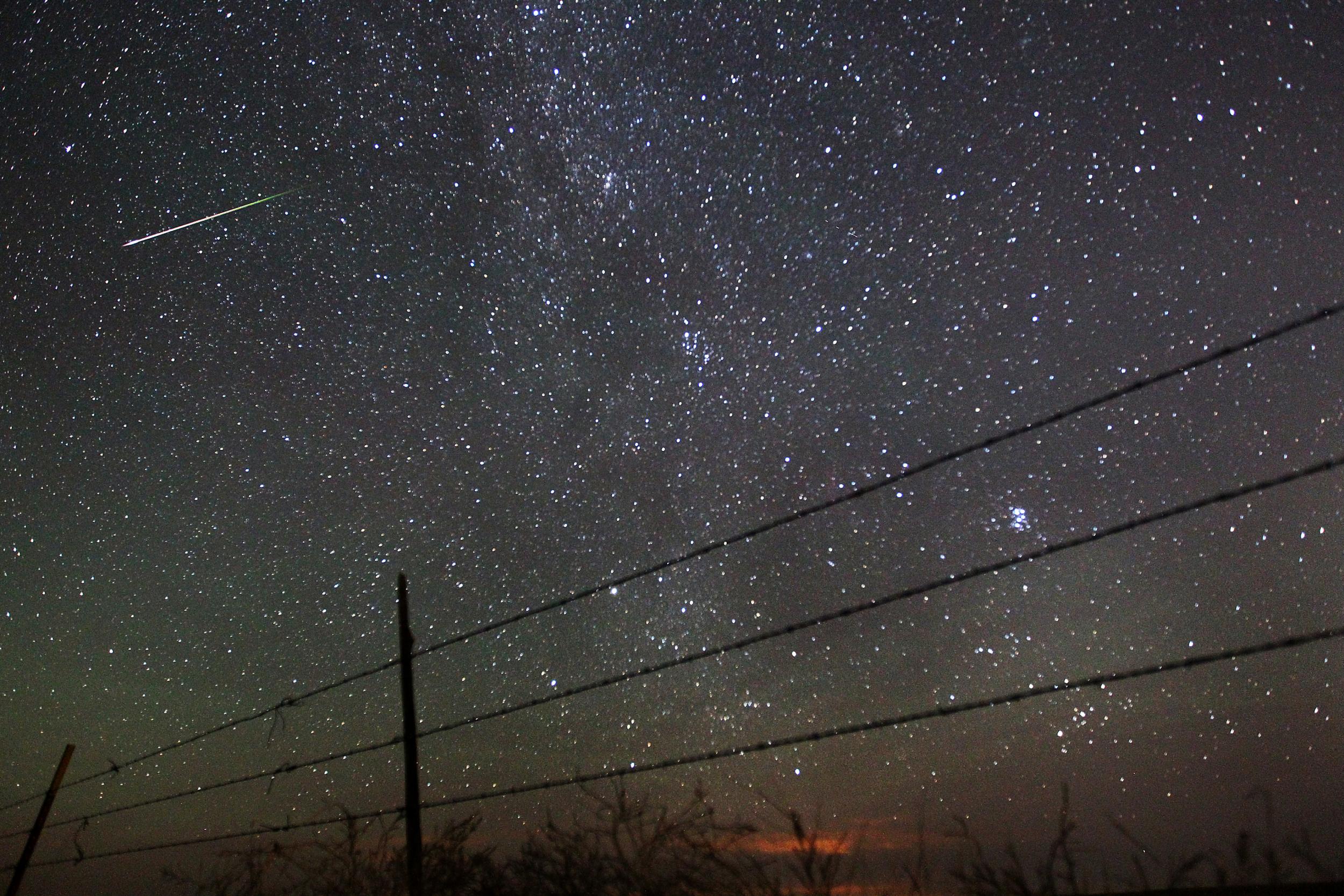Perseid meteor shower: What is it and how can I watch it?
Annual light show climaxes on Thursday night and the East Coast of America will have its best view in years

Stargazers have been dazzled all week by the sight of the Perseid meteors streaking through the night sky.
This year’s display has been more dramatic than usual and the climax comes on Thursday evening, when as many as 200 or more meteors are forecast to shoot across the sky.
The good news is that the East Coast of the US will get its best display in years, but the surge will arrive a bit too early for the West Coast which will still be in daylight.
Bill Cooke of Nasa's Meteoroid Environment Office, said: “Here’s something to think about. The meteors you’ll see this year are from comet fly-bys that occurred hundreds if not thousands of years ago. And they’ve traveled billions of miles before their kamikaze run into Earth’s atmosphere.”
So here’s everything you need to know.
What are the Perseid meteors?
Here’s how Nasa explains it: “Every Perseid meteor is a tiny piece of the comet Swift-Tuttle, which orbits the sun every 133 years. Each swing through the inner solar system can leave trillions of small particles in its wake. When Earth crosses paths with Swift-Tuttle's debris, specks of comet-stuff hit Earth's atmosphere and disintegrate in flashes of light. These meteors are called Perseids because they seem to fly out of the constellation Perseus.“
So what am I seeing?
The meteors are tiny, most no bigger than a grain of sand. They enter the Earth’s atmosphere at 37 miles per second and burn up - hence the light show.
When and where can I see them?
The show has already begun but the best viewing starts on Thursday evening.
It doesn’t matter where you live on the planet, the phenomenon should be visible - weather permitting.
Nasa’s advice is to go outside sometime between midnight and dawn.
“Allow about 45 minutes for your eyes to adjust to the dark. Lie on your back and look straight up," it says. "Increased activity may also be seen on Aug. 12-13.”
Viewing will be best far from street lights and other light pollution. And don't bother with a telescope or binoculars. They will only reduce the amount of sky you can see and the shooting stars will be visible to the naked eye.
Or if that all sounds too much there is a Nasa livestream.
Why is it so spectacular this year?
Every 12 years Jupiter passes through the comet’s orbit, directing the meteors towards Earth. That last happened in 2014 which means an extra influx of meteors this year. The same thing will happen in 2026.
That means viewers could see as many as 200 meteors per hour, a figure that will drop by half day by day until the meteor shower ends.
Subscribe to Independent Premium to bookmark this article
Want to bookmark your favourite articles and stories to read or reference later? Start your Independent Premium subscription today.

Join our commenting forum
Join thought-provoking conversations, follow other Independent readers and see their replies